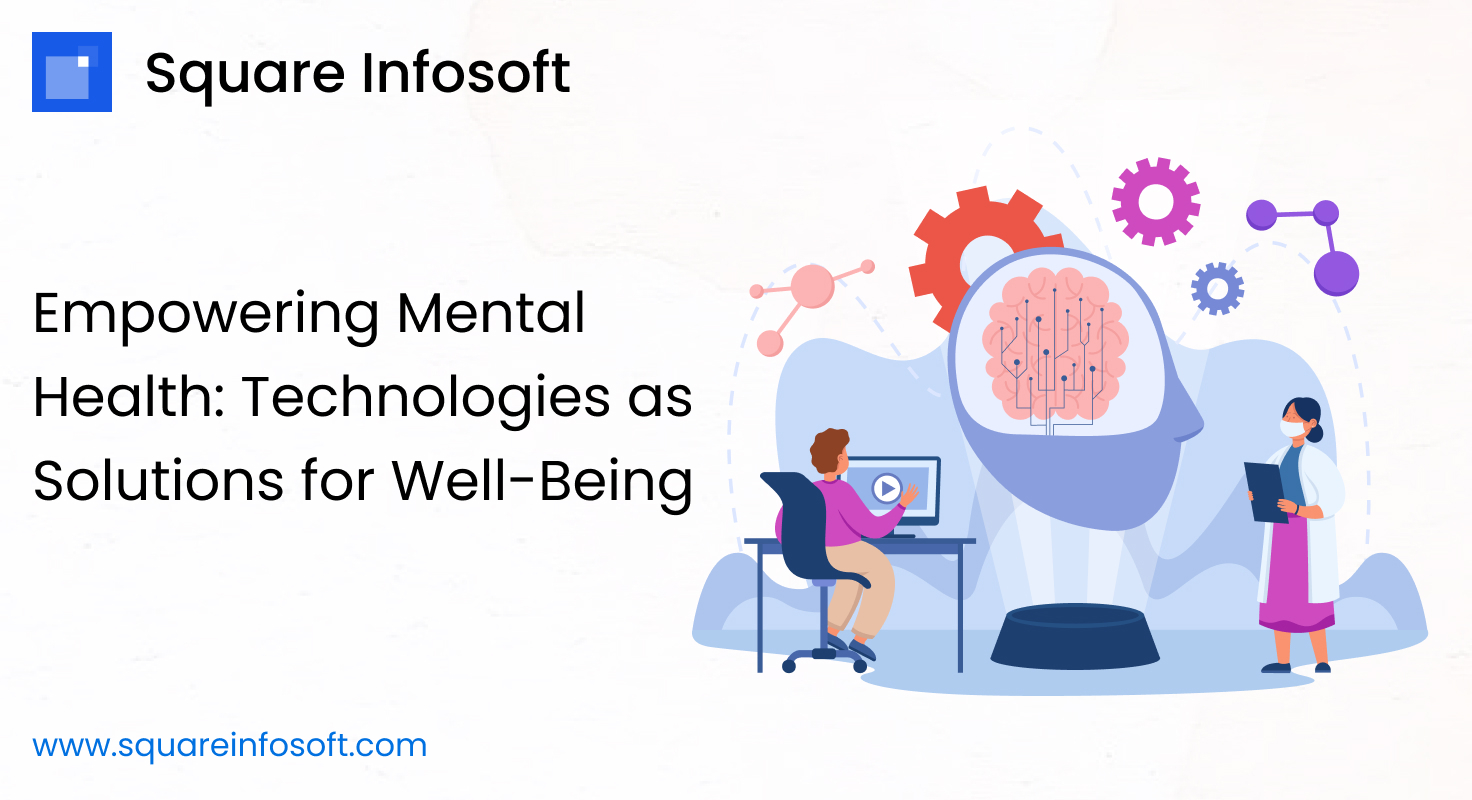Developing a Time Tracking mobile app can be a valuable tool for individuals and businesses to monitor and manage their time effectively. Here’s a step-by-step guide to help you get started with the development of a Time Tracking app:
1. Define Objectives:
- Determine the primary purpose of your app (e.g., time tracking for work, projects, tasks).
- Identify your target audience (e.g., freelancers, small businesses, remote workers).
2. Market Research:
- Research existing time tracking apps to understand their features, strengths, and weaknesses.
- Identify unique features or improvements that can set your app apart.
3. Planning and Conceptualization:
- Outline the core features and functionalities of your Time Tracking app.
- Consider features for user profiles, project/task creation, time tracking, reporting, and integration with other tools.
4. Feature Set:
- Develop a comprehensive list of features for your app, including:
- User registration and profiles.
- Project/task creation with details (e.g., name, client, deadline).
- Start/stop time tracking for tasks.
- Manual time entry and editing.
- Reporting and analytics for time spent on tasks and projects.
- Integration with calendars and project management tools.
- Notifications for task reminders and deadlines.
- Data export and sharing options.
- Secure data storage and backup.
- User-friendly interface for tracking and managing time.
- Cross-platform compatibility for web, mobile, and desktop.
- Offline functionality for tracking time without an internet connection.
5. Design and User Experience (UX):
- Design an intuitive and user-friendly UI for your app.
- Ensure the design is responsive and functional on various devices and screen sizes.
- Focus on providing a seamless time tracking experience.
6. Backend Development:
- Build a secure and scalable backend system to store user accounts, task data, and time tracking records.
- Implement user authentication and data encryption for security.
7. Integration with External Tools:
- Consider integrating your app with popular project management tools, calendars, and collaboration platforms for seamless time tracking.
8. Testing:
- Conduct thorough testing, including functional testing, usability testing, and data security testing.
- Test the app on various devices, operating systems, and screen sizes.
- Address any bugs or issues identified during testing.
9. Deployment: – Deploy the app to app stores (Apple App Store, Google Play Store) and offer web and desktop versions for broader accessibility. – Prepare marketing materials, including app descriptions and screenshots.
10. Marketing and Promotion: – Develop a marketing strategy to promote your app and attract users. – Utilize online advertising, content marketing, and partnerships with project management tools.
11. Monetization: – Decide on a monetization strategy (e.g., subscription model, one-time purchase, freemium with premium features, ads). – Offer pricing plans suitable for individual users and businesses.
12. Legal Considerations: – Ensure compliance with data privacy regulations and terms of service agreements. – Address legal requirements related to user data and security.
13. Updates and Maintenance: – Regularly update the app with new features, security enhancements, and bug fixes. – Stay informed about time management trends and changes in user needs.
Developing a Time Tracking app requires a strong focus on user productivity, data security, and ease of use. By providing a reliable platform for individuals and businesses to track their time and improve efficiency, your app can become an essential tool for better time management.



